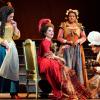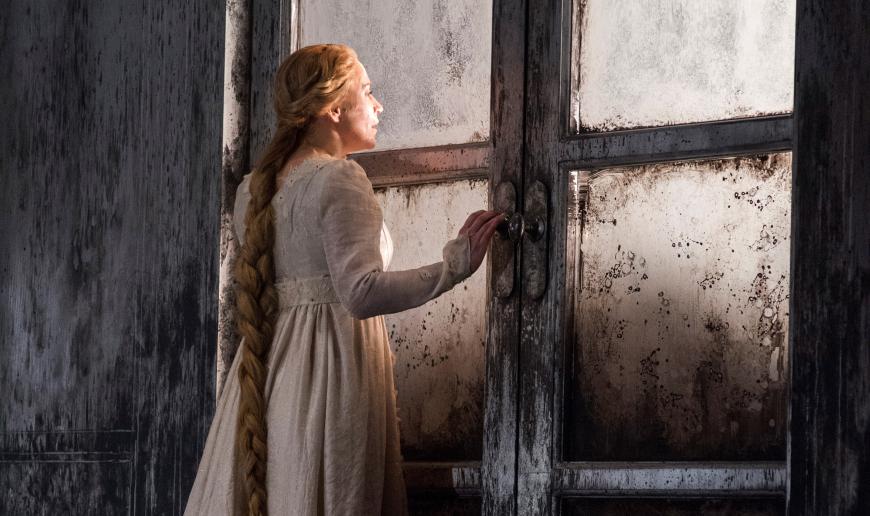
It sounds like an oxymoron, but it isn’t. Pelléas and Mélisande, says Los Angeles Opera Music Director James Conlon, “is an opera that has never been popular with opera lovers.”
Think about it. If your favorite works of art are pieces like La bohéme or La traviata, Claude Debussy’s only opera can seem odd, if not off-putting.
“There are no arias,” Conlon notes. “Some operagoers have difficulty with that. It’s an opera that isn’t a vehicle for singers to show off their voices.
“This is a man who said, ‘I don’t like high notes. I want people to seem to be speaking in their natural vocal range.’ In a sense, it’s an anti-opera.”
So who constitutes the audience for this 20th-century masterpiece, which LA Opera will present beginning March 25? “People who like Debussy’s piano music, his chamber music, his songs,” Conlon says. “If you love Debussy’s orchestral music, you can’t fail to love Pelléas. It’s one long, magnificent tone poem.”
Attracting an audience that loves Debussy but doesn’t necessarily see a lot of opera is one reason Conlon created Discovering Debussy, a five-week celebration of the French composer’s music. It kicks off Wednesday, March 1 and continues through April 4.
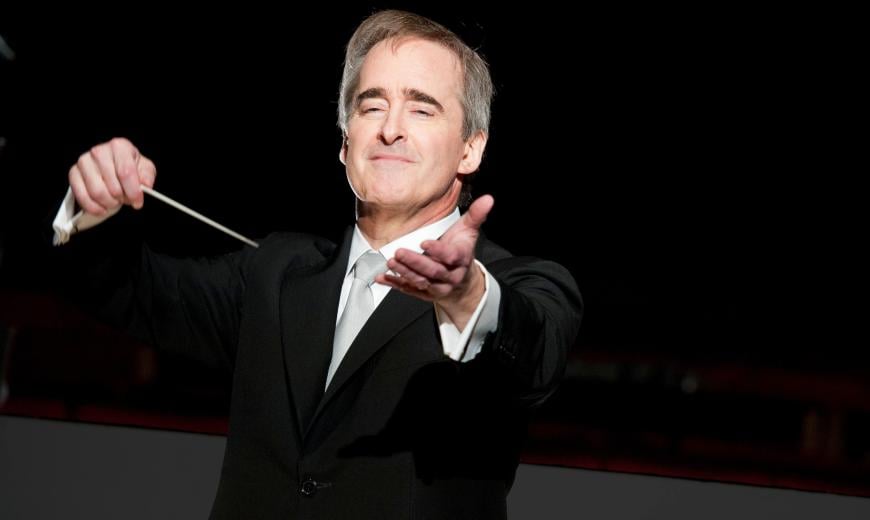
“The goal is to stimulate interest in a composer who is not unknown but isn’t a daily part of a lot of people’s music,” Conlon explains. “I like being able to draw the music-loving public’s attention in a concentrated way.”
The project gets underway March 1 and 3 at the Colburn School. The first program includes students from the Trudl Zipper Dance Institute, who will dance choreography by Jerome Robbins to live performances of Debussy’s music. The second features chamber music masterpieces, including the composer’s well-known String Quartet performed by Quartet Integra.
Conlon will then give several public talks on Debussy and his music, including a free one at 3 p.m. on Sunday, March 5 at the Hammer Museum. On April 4, singers from LA Opera’s young artist program and pianist from the Colburn School will present an abridged 100-minute performance of Pelléas in the historic lounge of the Ebell of Los Angeles.
The centerpiece of the celebration is LA Opera’s production of Pelléas, which has six performances at the Dorothy Chandler Pavilion through April 16. Conlon conducts the production, which is directed by David McVicar and stars Will Liverman, Sydney Mancasola, Kyle Ketelsen, and Susan Graham.
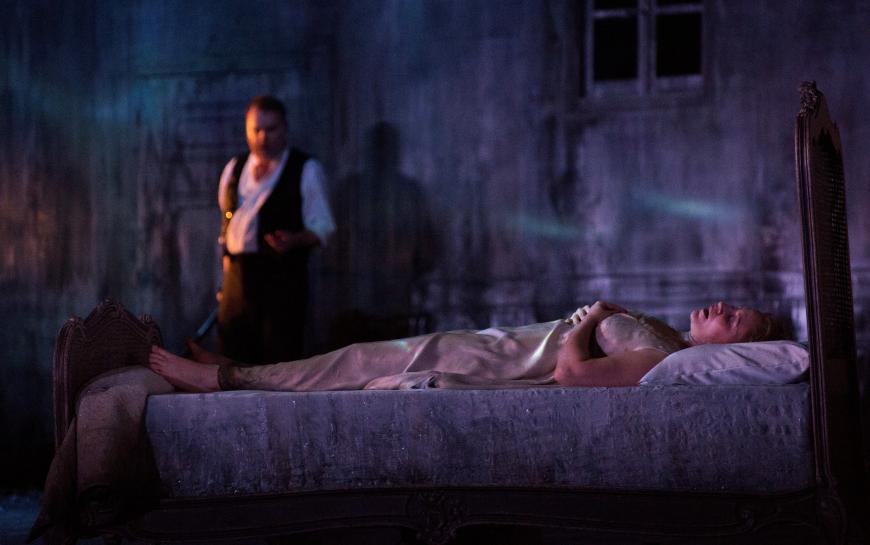
The opera, which premiered in 1902, tells the story of a tragic love triangle between a prince, his younger brother, and a mysterious young woman.
“I asked our young artists the other day, ‘Who is the protagonist of Pelléas and Mélisande?’” Conlon says. “I got a lot of different answers; mine was ‘some mysterious force.’ We’ll call it destiny. It’s a force that is affecting all of their lives, which they don’t understand.
“The orchestra, among other things, embodies that force. It knows what the characters don’t know. It tells the story and provides the magical, mysterious atmosphere.”
Debussy’s music is often described as impressionism, but Conlon shies away from the term. “Debussy refused to be categorized, so I don’t think he would like the term,” he says. “We can use it, but with a certain amount of caution.
“There’s no question that [Richard] Wagner had a profound influence on [Debussy]. He consequently took a stance against Wagner and Wagnerism. But if you scratch the surface of Pélleas, you’ll see the shadow of Parsifal and Tristan [and Isolde] all over it. I’m going to devote time to that subject during my talk at the Hammer Museum.
“Still, he did not take Wagner’s sound world. He made his own. I think one characteristic that puts him in the category of greatest creative minds is that he created a sound world that wasn’t there before him.”
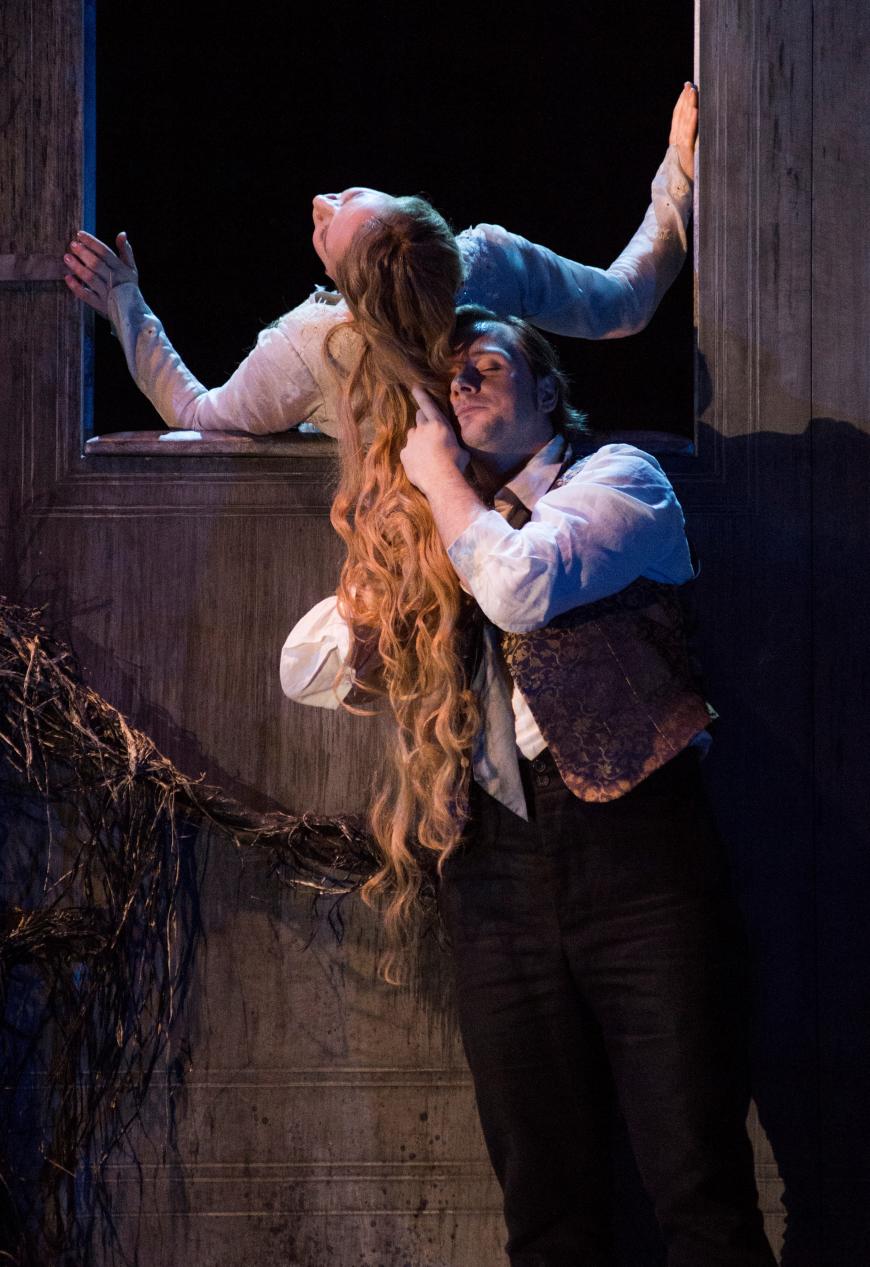
Conlon’s own discovery of Debussy is “a little vague in my mind,” admits the New York City native, “but I’m going to say 16 years old. I had to play some Debussy as part of my piano studies around that age. But the piece that captivated me was definitely Pelléas. It had the same mesmerizing effect that Wagner had.”
After devouring it on records, Conlon watched at least part of a black-and-white televised production in the mid-1960s. The first live production he saw was at the New York City Opera in 1969 or 1970.
“I went to it three or four times,” he recalls. “Then the [Metropolitan Opera] brought a new production around 1972. I used to get standing-room tickets and go to five performances. It would never sell out, so I always could get a seat. I’d go with my older brother, and we’d often end up in the second or third row of the orchestra seats! So I got a heavy dose of it.”
Pelléas is unique in Debussy’s output, not just in that it’s the composer’s sole opera but also because it is by far his longest piece. The music — subtle, not overtly dramatic — gradually casts its spell. That makes it the antithesis of mainstream contemporary culture, so much of which aims to stimulate regular adrenaline rushes to keep people engaged.
“We live in a society which is pushed by constant excitement,” Conlon complains. “We almost have an addiction to that kind of stimulation, in our music and in our daily lives. The competition to keep people’s attention has created an emphasis on the fast and loud.
“And yet, how many people seek out meditation as an antidote? People will say, ‘I need to get away from it all.’ Why should that not be true in the music hall or the opera house?”
Debussy’s music, and Pelléas in particular, entices you rather than bludgeoning you into submission. “My conviction,” Conlon says, “is we need it more than ever.”
For more information on LA Opera’s production of Pelléas and Mélisande, go to the company’s website. Find information on the Colburn School events here and on the Hammer Museum conversation here.



